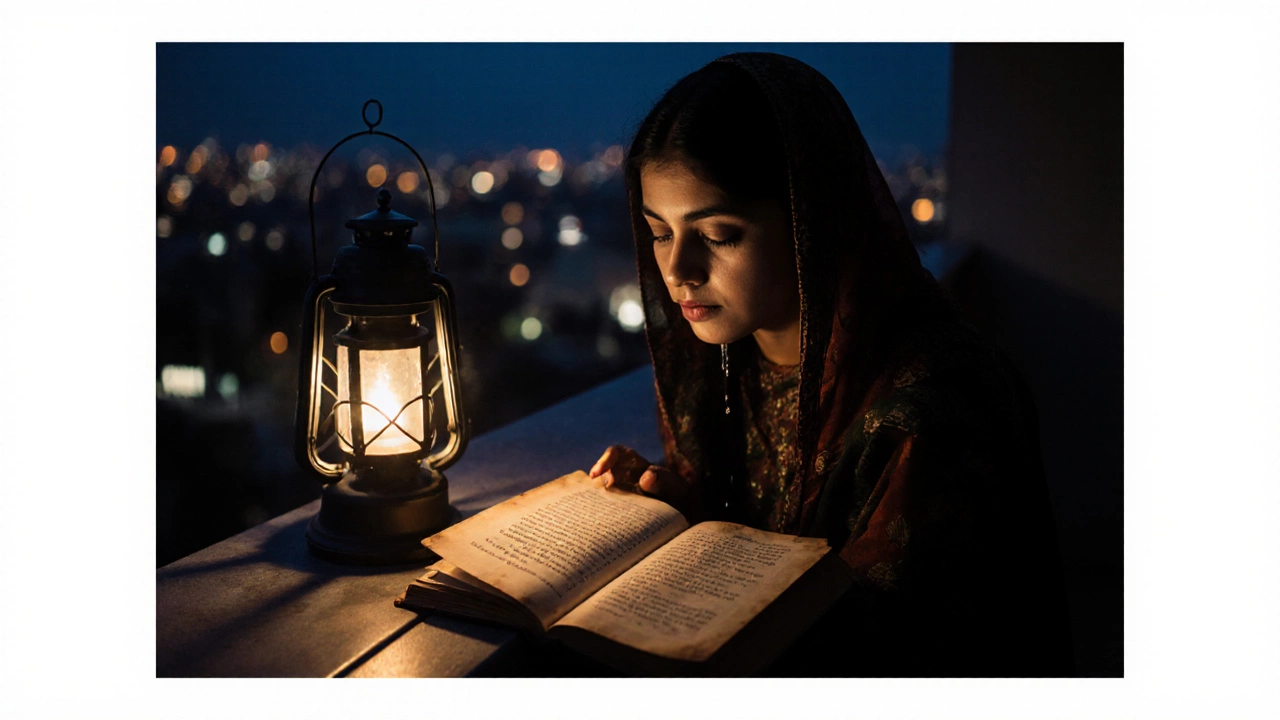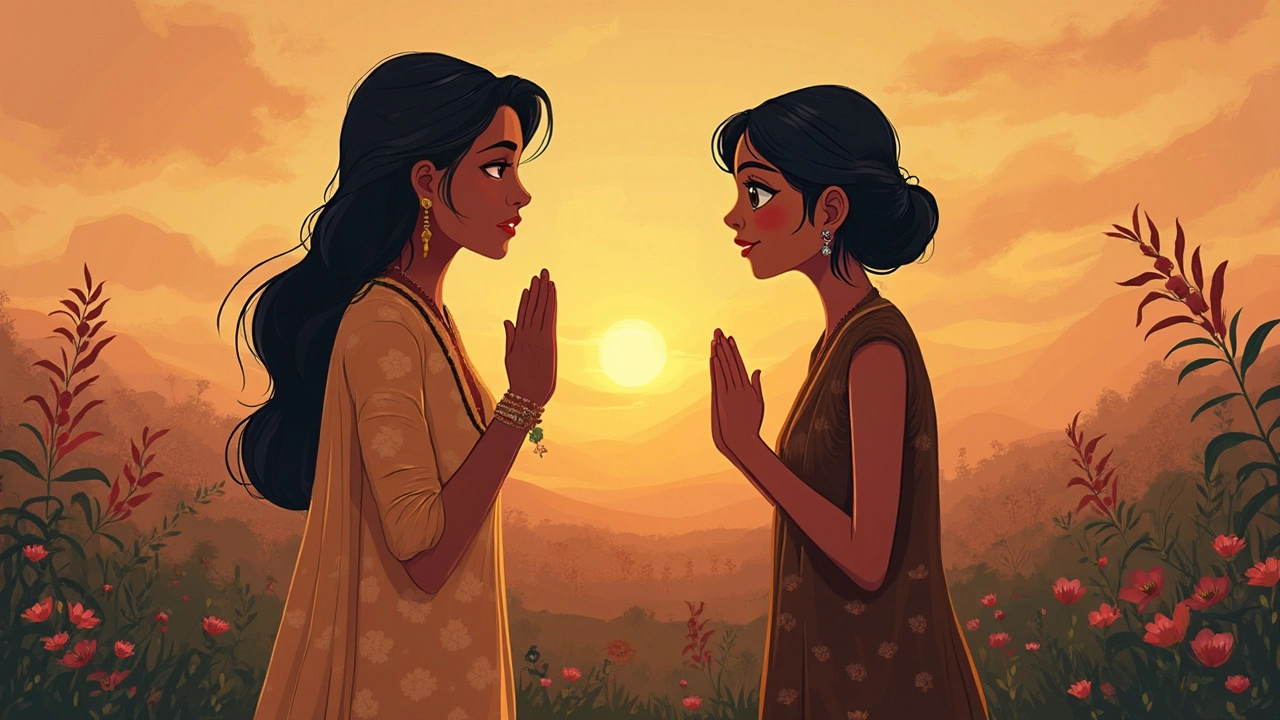
Is It Better to Cry or Hold It In? The Emotional Truth Behind Indian Sad Poetry
In Indian culture, crying is often seen as weakness - but sad poetry reveals the truth: tears are a form of courage. This article explores why holding back emotions harms you, how Indian poetry honors grief, and how to let yourself cry without shame.

Cute Ways to Say 'Hi': Adding Charm to Greetings
Explore creative and endearing ways to say 'hi', blending traditional warmth with modern charm, perfect for delicate expressions in sad poetry settings. Discover how simple greetings can transform into heartwarming gestures that fit the emotional depth of Indian sad poetry. Learn how to infuse your 'hi' with personalized flair that resonates with cultural nuances and emotional contexts. This guide offers practical tips to enhance your greetings, making them memorable and touching.

Exploring India's Melancholic Poets and Their Heartfelt Lyricism
India's melancholic poets have a distinct position in literature, offering a deep exploration of sorrow and longing through their poignant words. These poets often delve into themes of love, loss, and life's inherent sadness, resonating with readers on an emotional level. This article delves into the lives and works of key melancholic poets from India, unraveling their inspirations and the impact of their poetry. It provides readers with insight into how their expression of melancholy is intertwined with India's rich cultural and historical backdrop.